Udforsk de forskellige typer af AVEVA SCADA-løsninger
SCADA-systemer er ikke one-size-fits-all. De findes i forskellige typer og konfigurationer for at imødekomme specifikke industrielle behov. AVEVA tilbyder en række SCADA-løsninger, der spænder fra grundlæggende anlægsautomatisering til komplekse, virksomhedsdækkende implementeringer.
Dette er del 6 af en serie i seks dele om opgraderinger af SCADA-systemer. I denne serie udforsker vi hvert trin i opgraderingsprocessen i detaljer, herunder:
- Del 1: 7 tegn på at du skal opgradere dit SCADA-system nu
- Del 2: 8 grunde til at opgradere dit SCADA-system med AVEVA
- Del 3: Trin-for-trin-guide til opgradering af dit SCADA-system
- Del 4: Udfordringer og fejl, du skal undgå i din SCADA-opgradering
- Del 5: Eksperternes råd til opgradering af SCADA-systemet
- Del 6: Indblik i de forskellige typer af AVEVA SCADA-løsninger
At vælge den rigtige SCADA-løsning er nøglen til at optimere driften og nå forretningsmålene. Denne artikel vil udforske de vigtigste AVEVA SCADA-løsninger og deres fordele.
1. AVEVA Plant SCADA:
AVEVA Plant SCADA er alsidig og designet til store og små virksomheder på tværs af forskellige sektorer. Det tilbyder en række overvågnings- og kontrolfunktioner, der kan tilpasses til forskellige industrielle anvendelser.
AVEVA Plant SCADA er kendt for sin brugervenlige grænseflade og realtidsvisualisering og er ideel til automatisering af hele anlægget. Uanset om man administrerer et anlæg eller flere steder, giver det den fleksibilitet og skalerbarhed, der er nødvendig for at forbedre driften og øge effektiviteten.
2. AVEVA Enterprise SCADA:
AVEVA Enterprise SCADA tilbyder højtydende funktioner som databehandling i realtid og systemredundans til store virksomheder med kompleks drift. Det er bygget til at håndtere store, missionskritiske operationer og understøtter administration på flere steder.
Nøglefunktionerne inkluderer omfattende datahåndtering, alarmhåndtering og høj tilgængelighed. Den skalerbare arkitektur og kraftfulde analyser gør det muligt for virksomheder at overvåge globale operationer og sikre ensartet performance og compliance.
3. AVEVA Edge SCADA:
4. AVEVA Unified Operations Center:
AVEVA Unified Operations Center tilbyder centraliseret overvågning og kontrol ved at integrere data fra flere systemer i en enkelt visning. Det drives af AVEVA Operations Management Interface og giver en brugertilpasset og intuitiv grænseflade til datavisualisering i realtid. AVEVA Operations Management Interface integrerer data fra SCADA, ERP og andre systemer, så operatørerne kan styre komplekse operationer effektivt.
AVEVA Unified Operations Center med AVEVA Operations Management Interface er ideelt til store virksomheder med flere lokationer. Det muliggør strømlinede arbejdsgange, hurtigere beslutningstagning og forbedret situationsbevidsthed.
Konklusion:
At forstå de forskellige typer af AVEVA SCADA-løsninger er nøglen til at vælge det rigtige system til din virksomhed. Uanset om du har brug for en grundlæggende anlægs-SCADA, en kraftfuld virksomhedsløsning, edge computing-funktioner eller et omfattende datastyringssystem, tilbyder AVEVA, med vores ekspertise som din betroede partner, en række muligheder, der passer til dine behov.
Når du vælger den rigtige SCADA-løsning, kan du optimere din drift, forbedre effektiviteten og forblive konkurrencedygtig i det stadigt skiftende industrielle landskab. Vores ekspertise som AVEVA Endorsed System Integrator sikrer, at den rigtige løsning er skræddersyet til dine unikke driftskrav.
Er du på udkig efter den rigtige SCADA-løsning til din virksomhed? Vi tilbyder ekspertrådgivning og implementeringstjenester for at sikre, at du får det bedste SCADA-system. Kontakt os for at udforske de AVEVA SCADA-løsninger, der er perfekte til din virksomhed.















